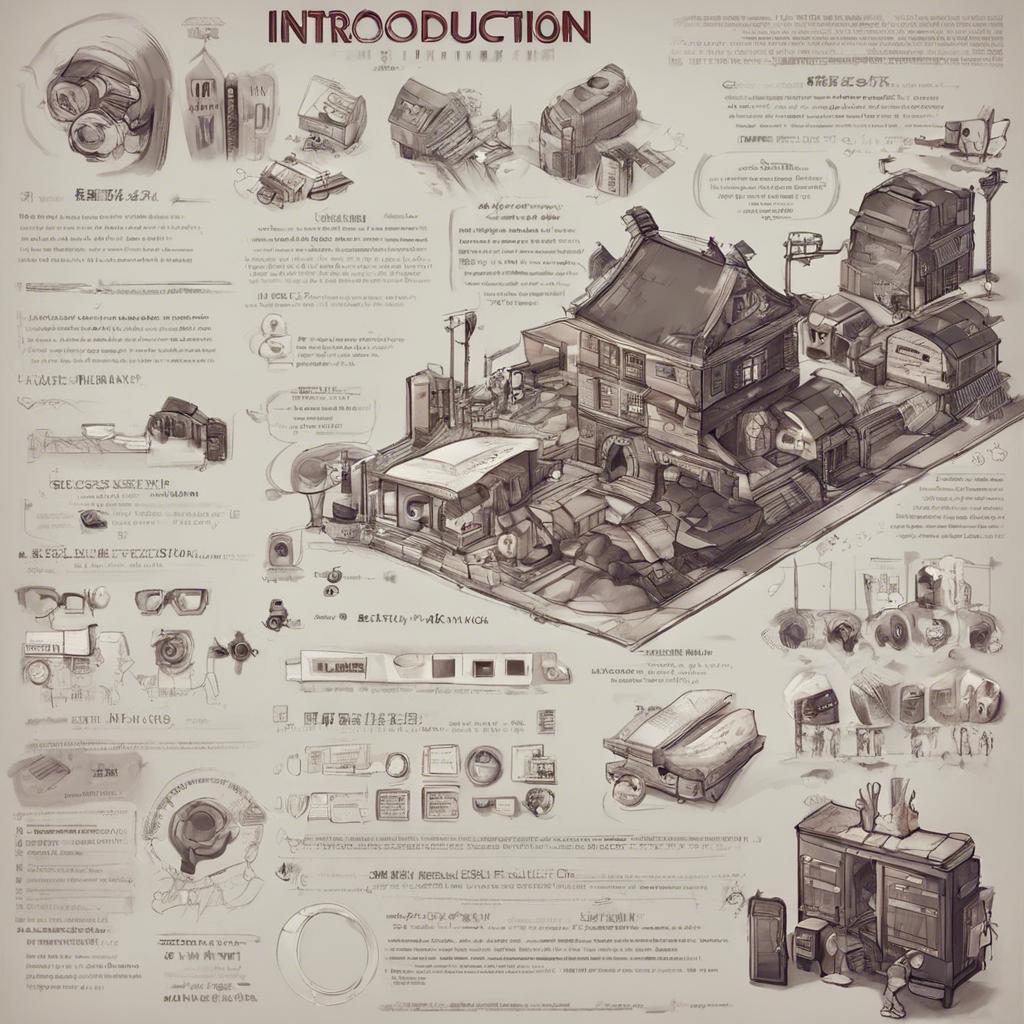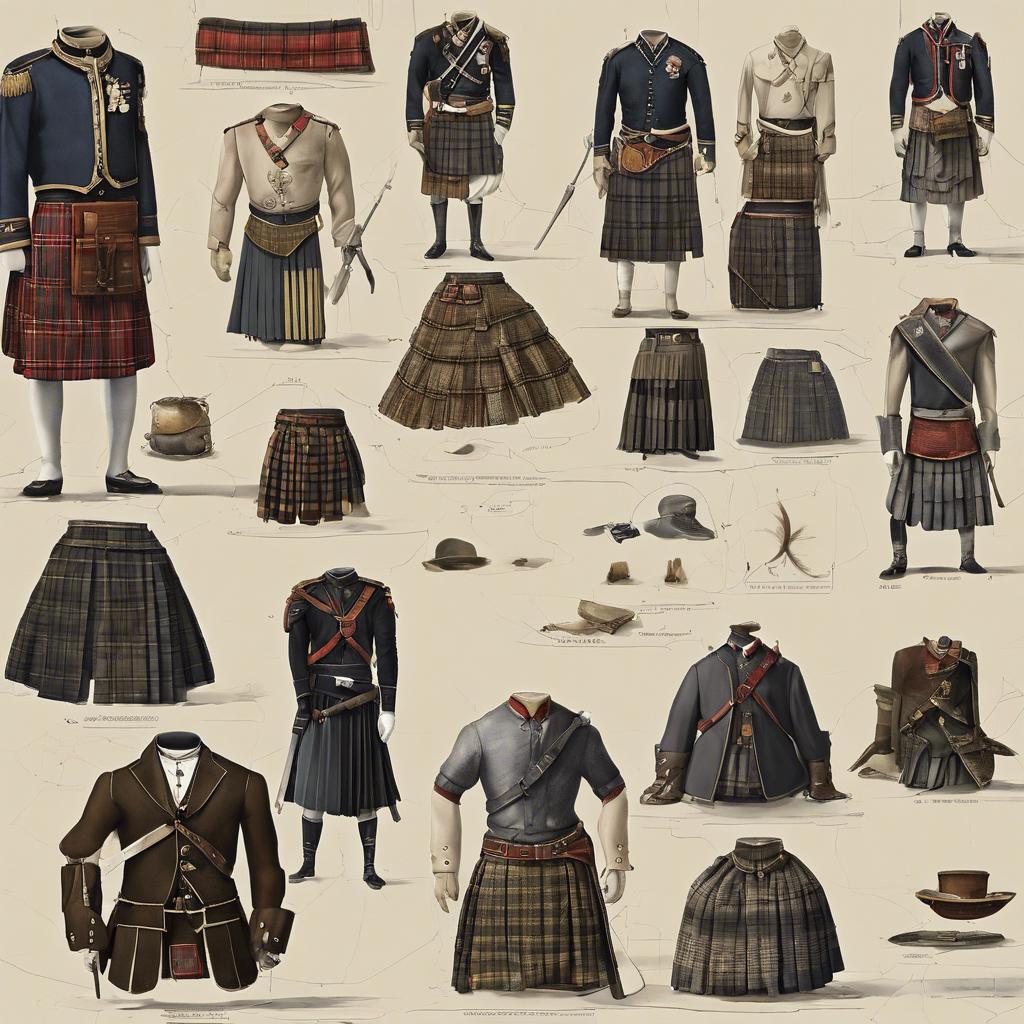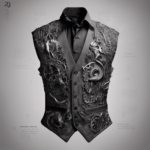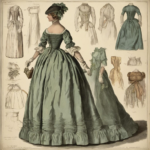In the early 19th century, during the Regency era, a period characterized by elegance and refinement in British society, the kilt emerged as a symbol of traditional Highland dress. With its distinctive pleats and tartan patterns, the Regency era kilt not only reflected the cultural heritage of Scotland but also embodied the fashionable style of the time. Join us as we explore the history and significance of this iconic garment during this pivotal moment in British history.
Step Into the World of Cheryl Bolen
Dive into the enchanting stories of love, intrigue, and elegance set in the Regency Era. Cheryl Bolen's novels offer timeless romance and captivating tales that will leave you wanting more.
Explore Cheryl Bolen's Books Now
Introduction
During the Regency era, kilts were a popular choice of attire among men of Scottish descent. These traditional garments were not only stylish but also held significant cultural value. The kilt was typically made of wool and featured a tartan pattern that symbolized the wearer’s clan or region. It was often paired with a sporran, a pouch worn around the waist, and a sgian-dubh, a small dagger tucked into the sock.
The Regency era kilt was more than just a piece of clothing; it was a symbol of Scottish identity and pride. Men would wear their kilts to important events such as weddings, ceilidhs, and Highland games, showcasing their heritage and honor. The intricate patterns and bold colors of the tartan were a source of pride for the wearer, signifying their connection to their Scottish roots.
Interestingly, the kilt was not always seen as a fashionable choice outside of Scotland during the Regency era. However, influential figures such as King George IV helped popularize the garment by wearing it himself. This royal endorsement led to a surge in popularity for kilts among the British elite, cementing its status as a sophisticated and prestigious item of clothing.
Historical Significance of the Regency Era Kilt
The Regency Era kilt holds significant historical importance as a symbol of Scottish cultural identity and tradition during the early 19th century. This period, named after the regency of George IV in the United Kingdom, saw a resurgence of interest in Scottish Highland culture, including the wearing of kilts. The kilt became a fashion statement among the elite during this time, with both men and women donning this traditional Scottish garment.
One of the most notable aspects of the Regency Era kilt is its association with the romanticized image of Scottish warriors and their fierce independence. The kilt served as a powerful emblem of Scottish national pride and resistance against English domination. This cultural revival also contributed to the popularity of tartan patterns, which were used in various forms of dress and accessories during the Regency Era.
The Regency Era kilt also played a role in shaping perceptions of Scottish identity in the broader cultural imagination. The depiction of kilts in paintings, literature, and popular media during this period helped to cement the image of the noble Highlander in the collective consciousness. This enduring legacy continues to influence how Scottish culture is celebrated and represented to this day.
Materials and Construction of Regency Era Kilts
In the Regency era, kilts were traditionally made from high-quality wool, often sourced from Scotland. The construction of these kilts involved intricate pleating techniques, typically in a tartan pattern specific to the wearer’s clan or region. To achieve the desired fullness and shape, multiple yards of fabric were carefully folded and stitched together by skilled tailors.
The waistband of a Regency era kilt was typically made from a sturdy canvas or leather material to provide structure and support. This waistband was meticulously tailored to fit the wearer’s measurements precisely, ensuring a comfortable and secure fit. Additionally, many kilts featured decorative elements such as buttons and buckles, adding to the overall elegance and sophistication of the garment.
To complete the ensemble, Regency era kilts were often paired with a matching sporran, hose, and jacket. The sporran, a small pouch worn around the waist, served both a decorative and functional purpose, providing a convenient pocket for carrying small belongings. The hose, or stockings, were typically made from wool or silk and offered added warmth and protection. the reflected the attention to detail and craftsmanship characteristic of the time period.
Tips for Incorporating Regency Era Kilts into Modern Fashion
If you’re looking to incorporate regency era kilts into your modern fashion outfits, there are a few key tips to keep in mind. First and foremost, consider the color and pattern of the kilt you choose. Opt for traditional tartans or solid colors to maintain a timeless look.
Pair your regency era kilt with a crisp white shirt for a classic and polished ensemble. You can also experiment with different styles of jackets, such as a tailored blazer or a military-inspired coat, to add a modern twist to your outfit.
Don’t forget to complete your look with the right accessories. A leather belt, a pocket watch, and a pair of brogues can elevate your regency era kilt outfit and tie everything together seamlessly.
Future Outlook
the regency era kilt was a symbol of tradition and identity during a time of great social and political change. Worn with pride by men of noble birth and commoners alike, the garment represented the rich tapestry of Scottish culture and history. Though its popularity may have waned in the modern era, the regency era kilt remains a timeless symbol of Scotland’s enduring legacy. As we reflect on this period of history, let us remember the significance of the kilt and the role it played in shaping the cultural landscape of the regency era.


